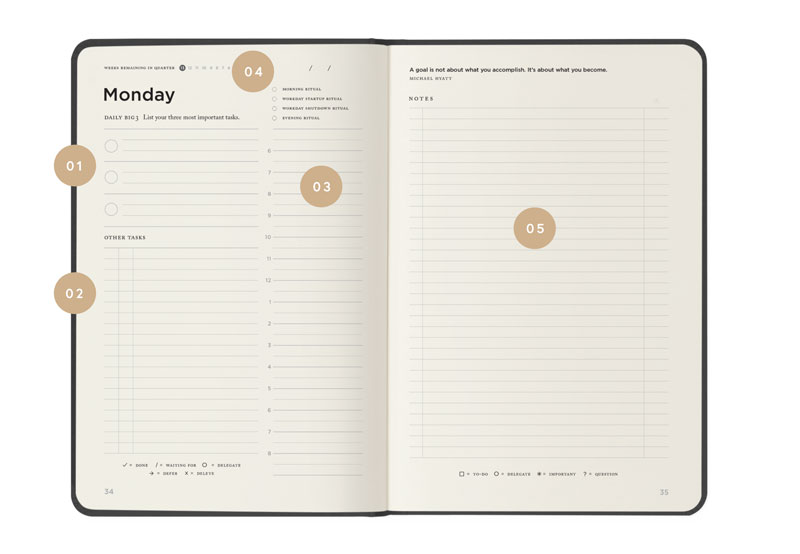How to Remove the Obstacles to Your Success
With September here and the home stretch of 2023 in sight, it’s not surprising that people are thinking about how they can finish out the goals they set at the beginning of the year.
For people who haven’t accomplished their goals, what happened?
Is it a lack of discipline?
Are high-achievers naturally blessed with levels of discipline that mere mortals can’t expect to have?
Discipline is critical to achievement—you can’t succeed without it. That’s the bad news.
The good news is that discipline is something everyone can learn: it’s simply focusing on a result you really want.
In a way, the key to discipline is goal setting.
Regardless of what you want to achieve—whether you’re naturally disciplined or not—here are five steps to become disciplined in any area of your life.
Step 1: Determine Your Goal
Be specific, visualize it, and set a deadline to achieve your goal. For example, “I will lose 10 pounds by December 31st.
Step 2: List Your Reasons
List the positive and negative consequences of achieving or not achieving your goal. This will help you stay motivated and hungry to accomplish the goal. Sticking with the weight loss example, some reasons might be:
- I want more energy
- I want to look more trim
- I want to be a good example for my family
Step 3: Identify Likely Obstacles
When you begin seriously striving toward a goal, the universe almost always tests your resolve. Think through possible obstacles and come up with strategies to overcome them. For example, if you travel a lot and find it hard to work out, make sure the hotel has a workout room before you book it (and pack workout clothes and shoes).
Step 4: Develop New Behaviors
Replace old, negative behaviors with positive new ones. For example, it’s not enough to decide not to eat junk food. When you want a snack, make sure you have healthy options easily accessible.
Step 5: Maintain Focus
Review your goals, reasons they’re important, potential obstacles, and work on your new behaviors daily. And if you fall off the wagon, don’t sweat it—the path to achievement isn’t a straight line—get back on the wagon and refocus on your goal.
Remember, discipline is less about willpower and more about focusing on what you truly want. Once you’ve nailed this down and followed these steps, discipline—and the success that follows—suddenly becomes easier.
Disclosure of Material Connection: Some of the links in the post above are “affiliate links.” This means if you click on the link and purchase the item, we will receive an affiliate commission. Regardless, we only recommend products or services we use and believe will add value to our readers. We are disclosing this in accordance with the Federal Trade Commission’s 16 CFR, Part 255: “Guides Concerning the Use of Endorsements and Testimonials in Advertising.










